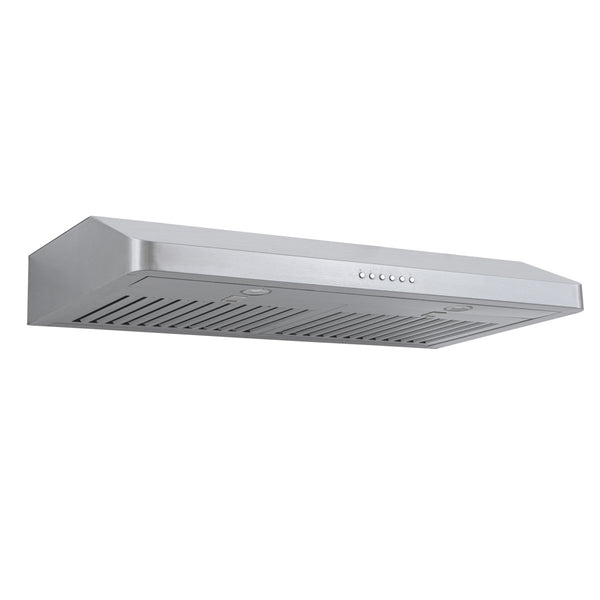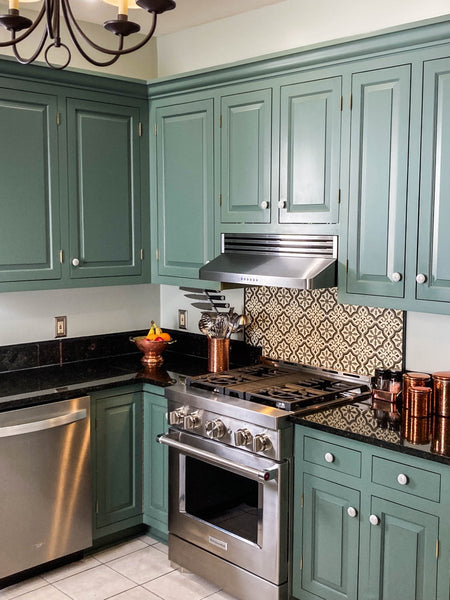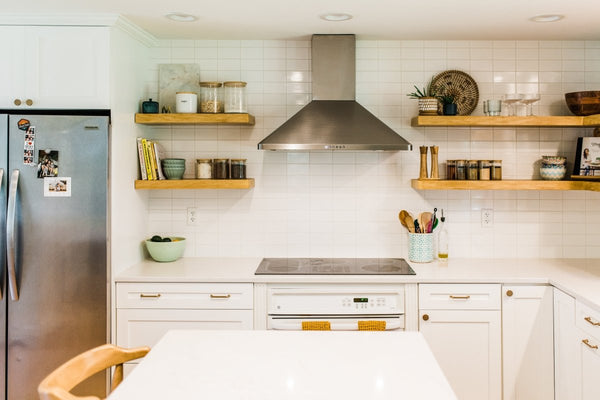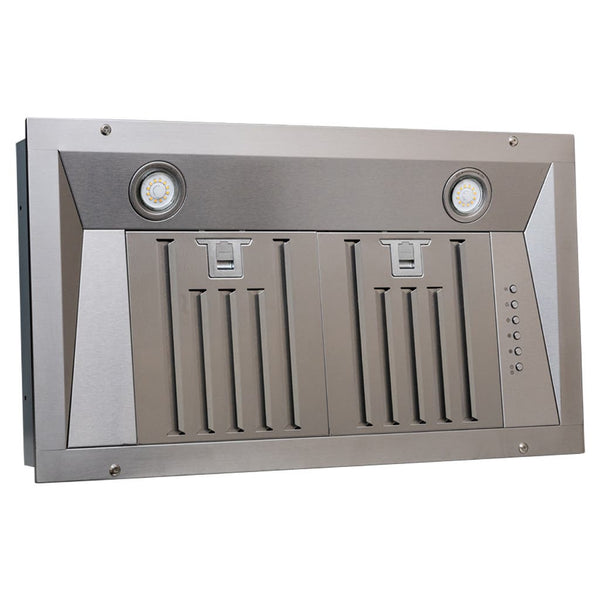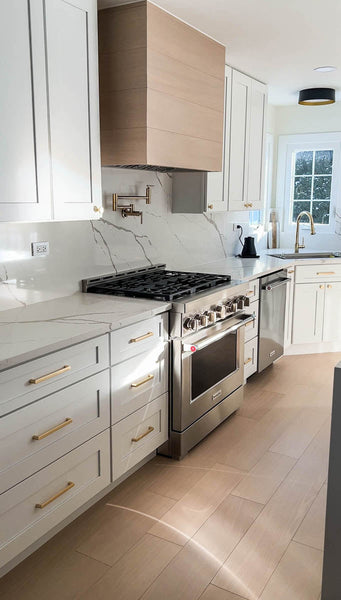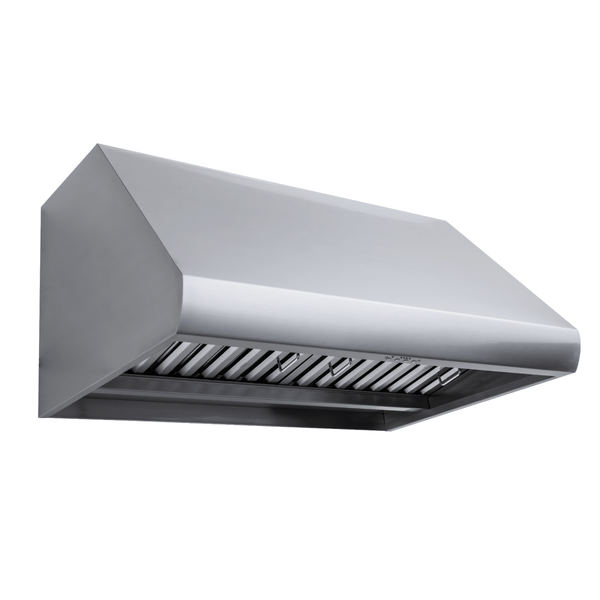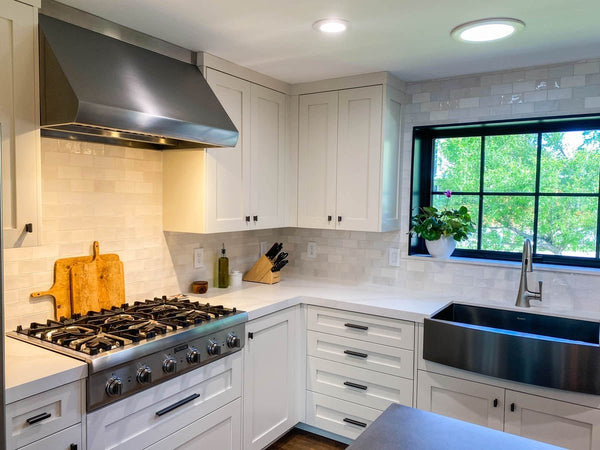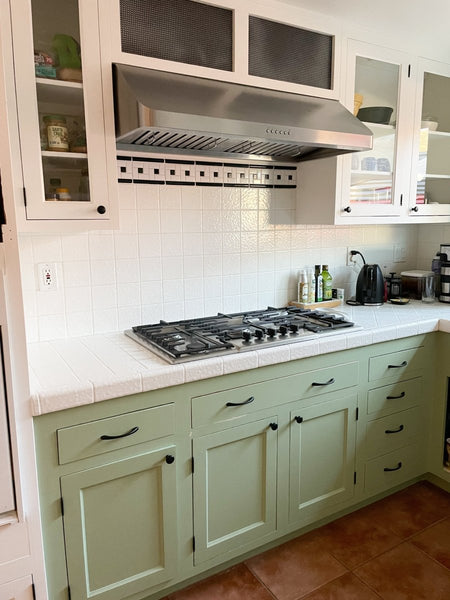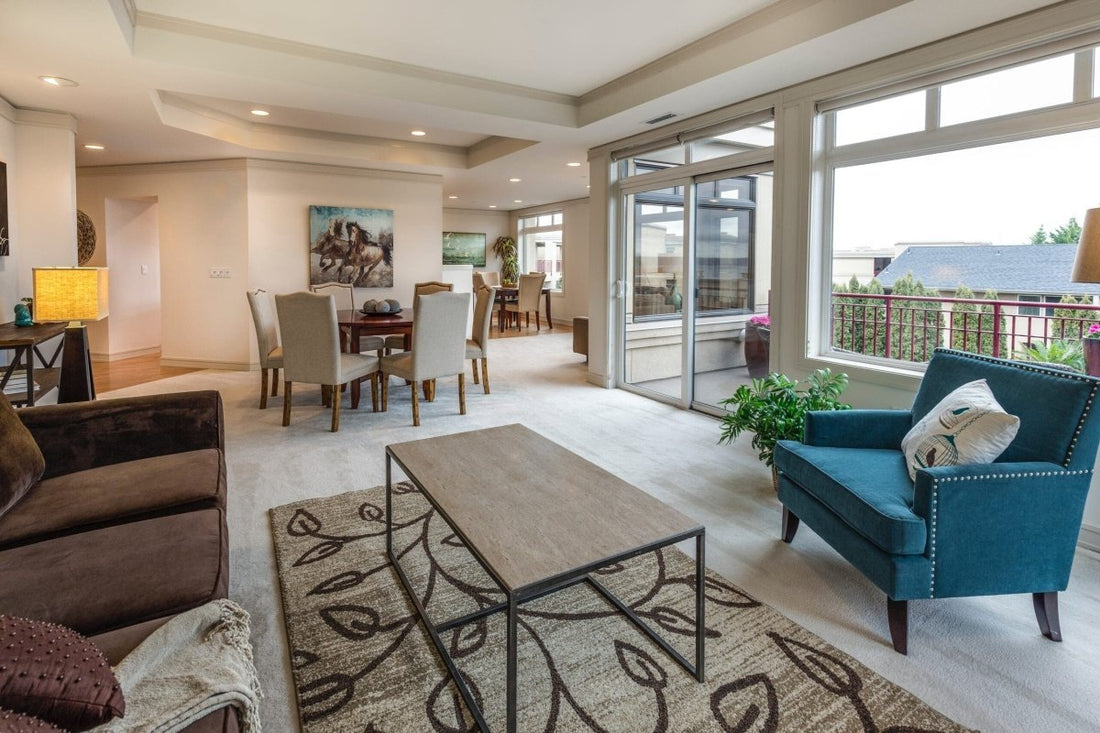The 60-30-10 rule is a design strategy that involves three color ratios: Essentially, 60 percent of your room is dominated by one neutral color, 30 percent goes to your secondary color and, finally, 10 percent goes to your accent colors. Here’s the most common way to use the 60-30-10 rule.
- 60% - paint or wallpaper
- 30% - large sofas and other large storage furniture and appliances, cabinets
- 10% - smaller furniture, side tables, and other decorative elements
You have to consider several design elements when beginning a full makeover or renovation of a bedroom, kitchen, bathroom, or family room. Perhaps the biggest one is color.
With color, there’s so much to consider: furniture, walls, ceiling, cabinets, countertops, and several other areas. So, how do you decide on the color? This will heavily depend on the size of the furniture or decorations too; in most cases, use neutral colors as the foundation and bright colors sparingly.
You see, the color of a room will dictate how people feel when they walk in. Blues, purples, blacks, and grays often make rooms feel colder while yellows, reds, and oranges make rooms feel warmer. Neutral colors like whites, creams, and tans will counteract the more intense colors.
In the picture below, you can see the 60-30-10 rule in action. White takes up the majority of the room (60%), giving it a light and airy feel. Tan comes next (30%), but it is less represented than white. Finally, blue (10%) works to accent the room: take a look at the rug, the door on the right, and the chairs at the desk.

Now we’ll go into more detail about each segment in the 60-30-10 color rule.
60 - The Majority Rules!
Your walls will generally make up the majority of the 60% – and perhaps some of your larger furniture in your room. If you're remodeling a bedroom, family room, bathroom, or playroom, your walls will likely complement the room best if they are the same color. Larger furniture such as couches, chairs, game tables, desks, and beds are often similar colors as well.
The dominant colors for this segment are neutral colors, since 60% takes up most of your room. Creams, whites, tans, soft yellows, and even muted blues and greens are great options.
In the picture below, the majority of the room is cream, as seen in the walls and carpet. Tan is close behind, taking form in the small loveseats and couch in the background. It’s important to note there may not be a big difference in primary and secondary colors, as in the picture below.

However, you have some freedom with this rule. For example, some people may decorate a small portion of their wall with a bold color like a green or blue, rather than a neutral color like a tan or white. Another common trend is matching wall color to floor or cabinet color, which gives the kitchen some uniformity.
In some cases, kitchens have an island that will match the walls or cabinets, but the island countertop will match the rest of the countertops.
Take a look at the picture below. The base of the island is the same color as the lower cabinet colors. Also, the white bleeds into the rest of the countertops, walls, and the ceiling, which brightens this kitchen.

30 - What’s Your Secondary?
Your secondary color will take up around 30 percent of your room and will likely be similar to your majority color. The secondary color isn’t too bold, but it also isn’t too neutral.
If you picked cream or white for your room, a soft yellow, blue, or green may work well as a secondary color. Most times these will come in the form of medium to small pieces of furniture, carpets, or rugs.
For example, in your bedroom or family room, your secondary color may be a light forest green rug that’s under your bed or couch. It can also be other pieces of furniture that aren’t too big such as beanbags, chairs, or blankets.
In the picture below, the drapes, carpet and the frame of the bed are blue, as well as the lampshades. Here, blue acts as a secondary color.

10 - Your Accent!
“Oi mate, what’s ya favorite color? I love me some cheeky red, whaddya say?” We love our Australian cousins down below the equator, but here we’re talking about accent colors.
Your accent colors will be the flair in your room and will also take up the smallest portion of color. In the bedroom picture above, the dark blue is contrasted with orange accents in the pillows (complementary colors!), stools at the end of the bed, and artwork above the bed.
People may want their favorite color to be their majority color, but often times, favorite colors are bright, loud colors and make a room scream. Instead, perhaps the best way to plan for your room is to pick your favorite color and use it as an accent color, not the majority color. Then go from there! That way, you still have your favorite color represented while keeping a balance of colors in your room.
Colors that work the best for the 10% are your louder brighter colors since they take up a small portion of the room. Bold yellows, oranges, reds, greens, blues, and even purples will add some personality here.
Pillows, blankets, and drapes can be your accent colors. But, be careful with drapes – consider the size. Sometimes, full window drapes can be overwhelming and you may consider putting your drapes in the secondary color group.

In the family room above, the purple acts as an accent color used in several places: the strewn blanket, the pillows on the couch, by the fireplace, the jar on the coffee table – and even in the shades over the window.
This bright purple would be too much to color a room with but it works beautifully as an accent color.
Now, Here’s When to Break This Rule…
Okay, now that we’ve told you the rule, there’s probably a few rebels out there who won’t follow this. That’s okay, because this rule can be broken. In fact, you can even include a fourth color! However, it’s important to keep the ratios roughly the same. Otherwise it won’t be the 60-30-10 rule!
Your majority color should be at least 50 percent of any room. Generally, it’s best if it’s more than that, but the color scheme could be broken up as 60-20-20 or even 50-30-20. In these cases, if you want to strike a balance of colors in your room, make sure your secondary color is similar to that of your majority color and not your accent color. If it’s not, you’ll have a loud room. This louder style can be great for smaller rooms, but may overwhelm your guests in a living or family room.
If you want to break the rule into four colors rather than three, 60-20-10-10 works well, and even 60-15-15-10. 55-25-10-10 will work, too. The combos here are honestly pretty flexible, but make sure to save bold colors for those smaller percentages.
To help you decide colors, here’s a link to the adobe color wheel. Once you’ve gotten to the left hand side, click “Triad” to view a three-color scheme and find complementary colors for yourself. Have fun!
Thanks for reading our quick introduction to the 60-30-10 color rule. If you’re remodeling your home, this is a great place to start. The 60-30-10 rule works in any room in your home, from kitchens, living rooms, and basements to bathrooms and bedrooms. Give it a try!
